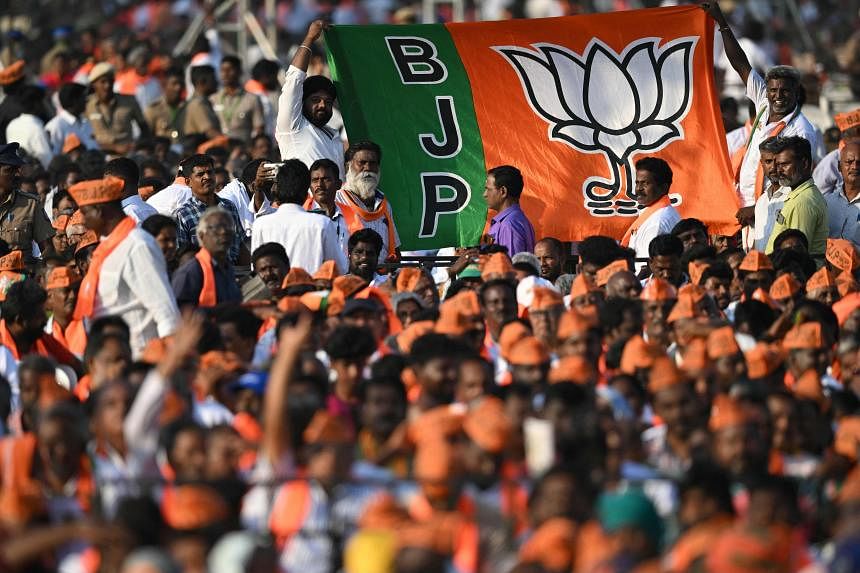NEW DELHI – India, the world’s most populous country, is going to the polls in a marathon seven-phase election taking place between April 19 and June 1.
With nearly 969 million registered voters, this will be the largest-ever election in India’s history, surpassing the 2019 General Election, in which 67.4 per cent of 910 million registered voters turned out to vote.
The elections are spread out over 44 days to facilitate the deployment of security forces, who must prevent polling-related violence or rigging. The results will be out on June 4.
How does it work?
Voting will take place for 543 elected seats in the Lower House of Parliament, the Lok Sabha.
In India’s parliamentary system, voters in each constituency will choose from a list of multiple candidates representing different national and regional parties.
There are many independents who also contest without any party affiliation.
The candidate securing the most number of votes is declared the winner.
Members of the Lower House are elected for a five-year term. Any party or coalition securing a simple majority of 272 seats or more can stake a claim to form the government.
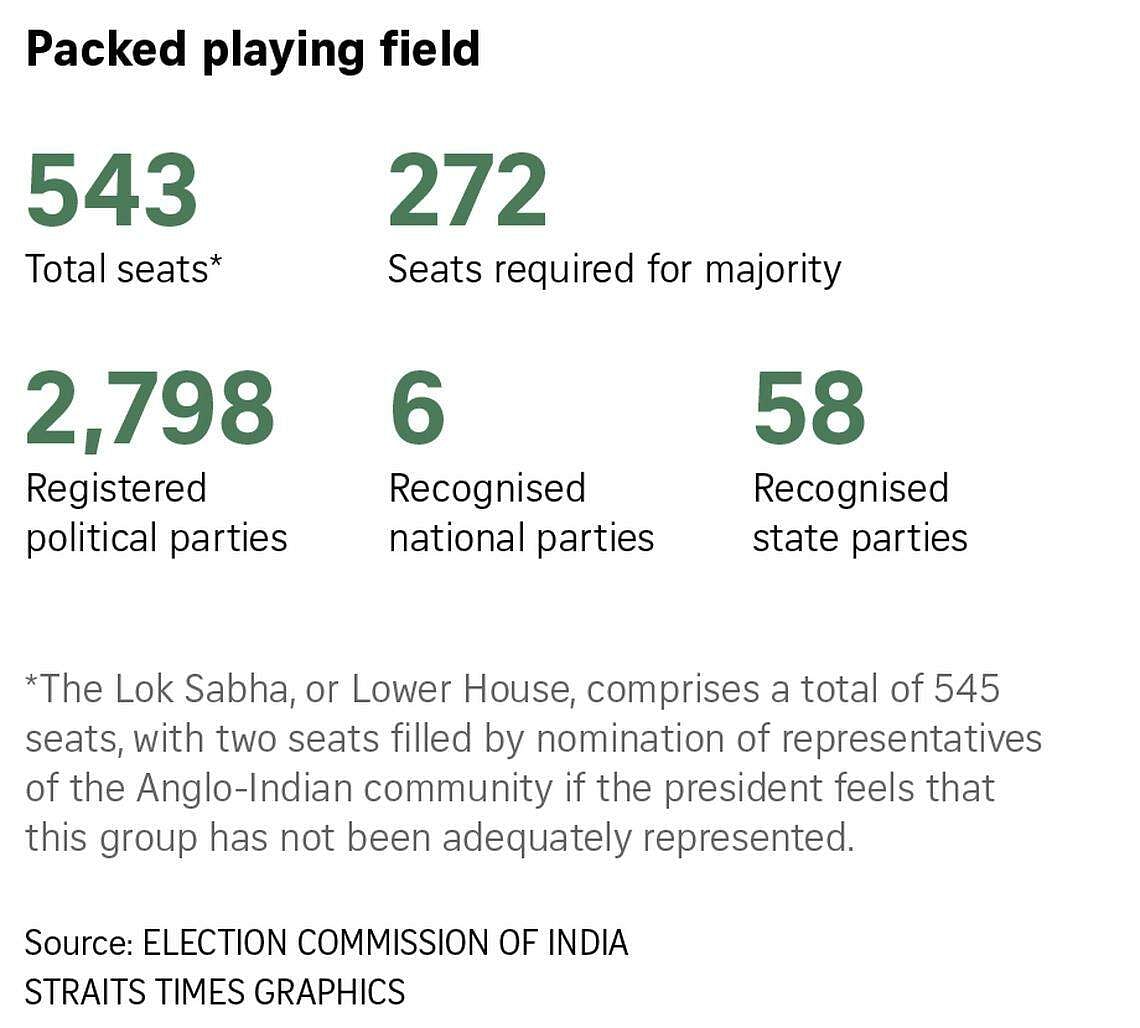
The prime minister is then selected by the party or coalition that emerges victorious.
In 2019, the Bharatiya Janata Party (BJP) won 303 seats, paving the way for a second consecutive term for Prime Minister Narendra Modi.
Who can vote in elections for the Lok Sabha?
Any Indian citizen above the age of 18 and registered in the country’s electoral records with a valid voter card can vote in the election.
The government also allows postal ballots for those working in essential services such as healthcare workers, journalists covering the elections, and bureaucrats who are on polling duty.
In 2024, for the first time, the postal ballot facility has been extended to those aged 85 and above.
Indian nationals residing abroad can also vote, but only after enrolling themselves into the electoral records and being physically present in their respective constituencies on the day of polling.
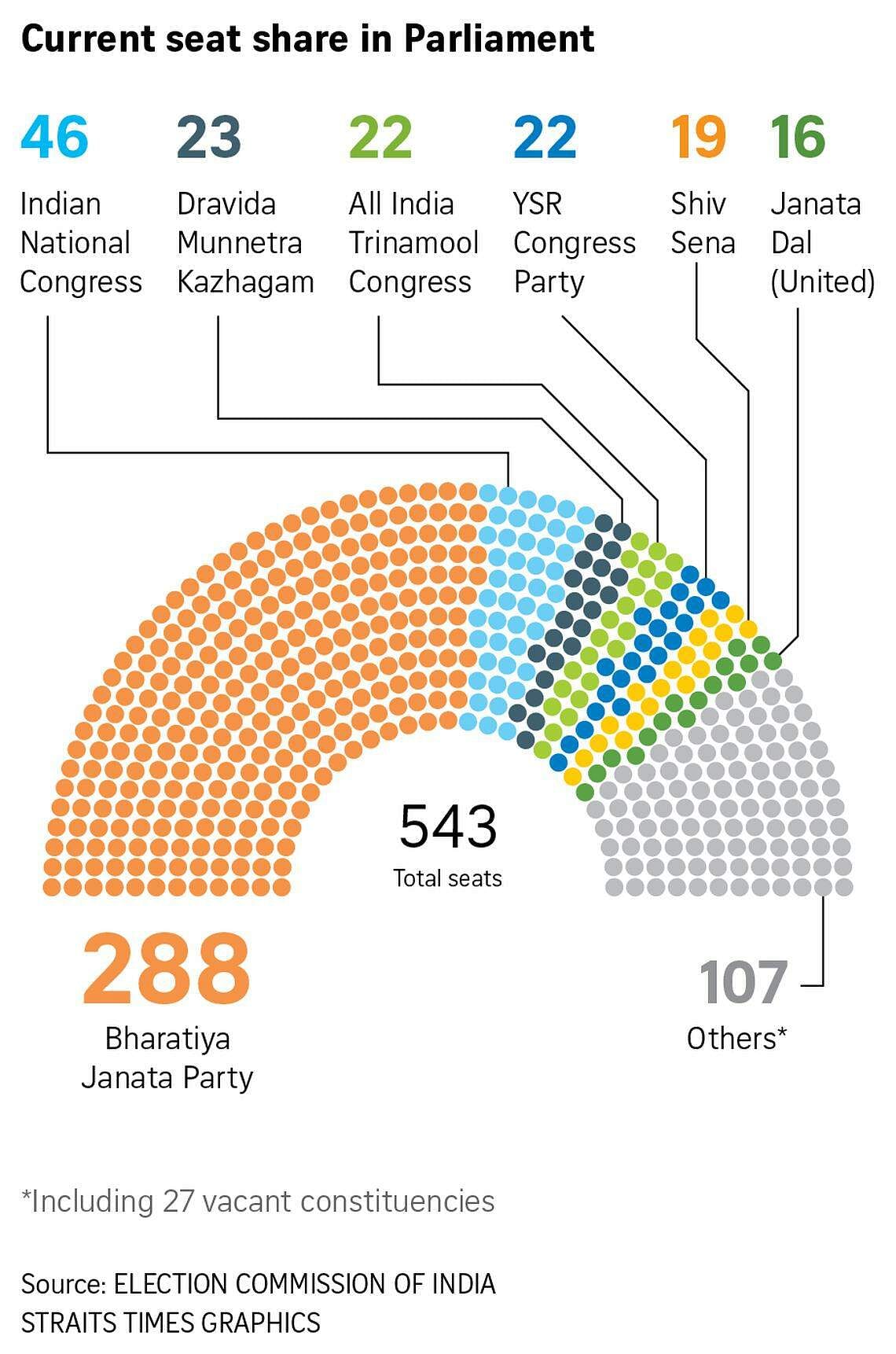
How does it all come together?
Around 1.05 million polling stations will be set up throughout the country, including the southernmost polling booth of India, situated at Shompen Hut in the Great Nicobar Island of the Andaman and Nicobar Lok Sabha constituency.
Not a single vote was cast there in 2019 by the indigenous Shompen tribal community.
This time, polling officials will also trek for six hours carrying electronic voting machines (EVMs) on mules to Luguthang village in Arunachal Pradesh, in north-east India, to collect the ballots of 49 voters.
In this election, 5.5 million EVMs will be used. The EVMs will let people choose between a number of candidates in their constituency, or even pick “none of the above”.
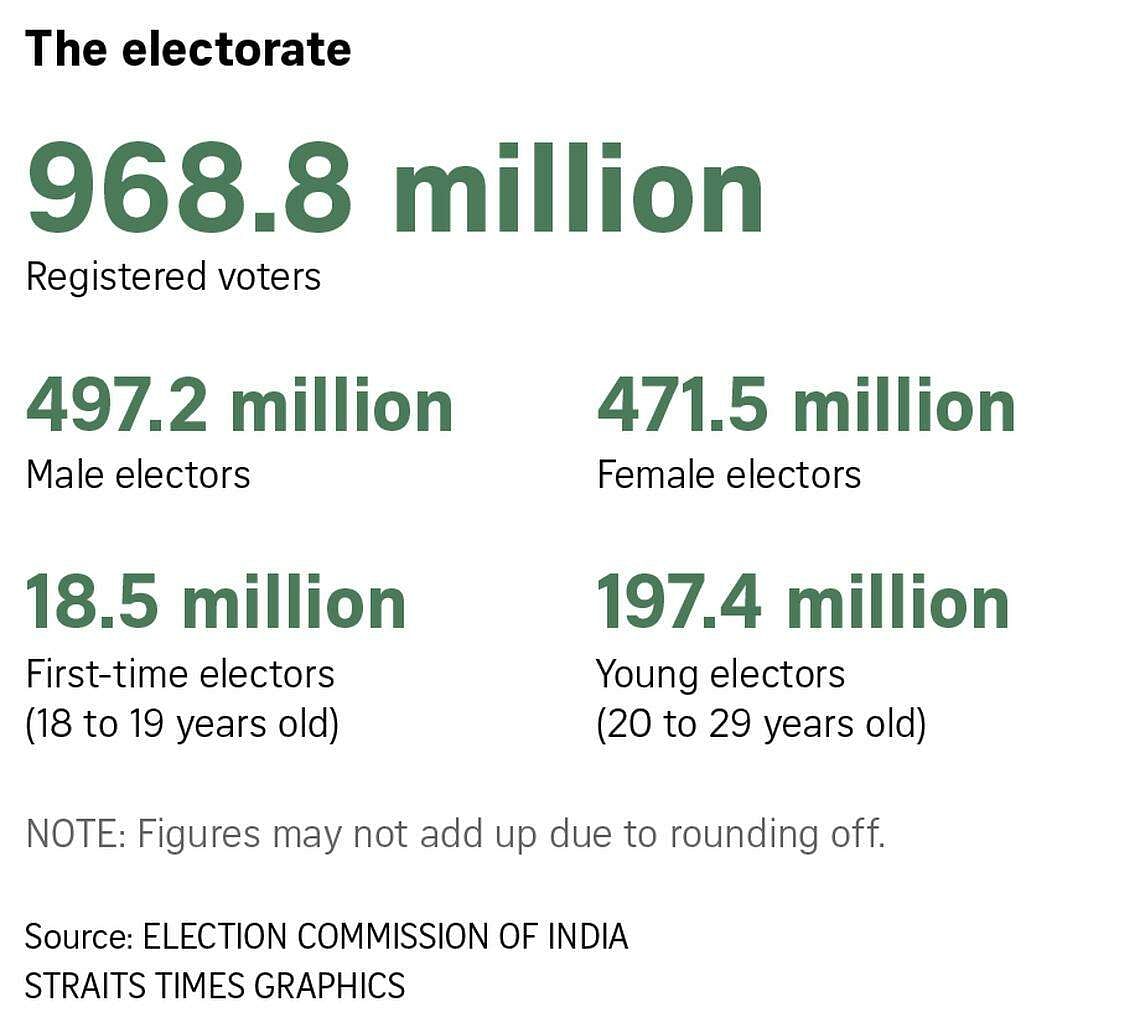
Who are the key candidates?
Mr Modi is by far the most popular leader in India today, and he is leading the BJP’s electoral charge for a third term in power.
So far, only one Indian prime minister – Jawaharlal Nehru – has successfully completed three terms in power.
According to the Morning Consult’s Global Leader Approval Rating Tracker, Mr Modi is the most popular leader in the world, with an approval rating of 75 per cent between March 28 and April 3.
The BJP is leading the National Democratic Alliance, a coalition with a number of regional parties such as Bihar state’s Janata Dal (United).
Challenging Mr Modi is a clutch of leaders from the Indian National Developmental Inclusive Alliance, a coalition of more than two dozen opposition parties, which includes the Congress Party, the biggest opposition party.
The coalition has not named its prime ministerial candidate yet, but key figures in this group include Congress president Mallikarjun Kharge, as well as siblings Rahul and Priyanka Gandhi from the Nehru-Gandhi dynasty that has produced three Indian prime ministers.
Other prominent leaders in this alliance include the Aam Aadmi Party’s Arvind Kejriwal, the Trinamool Congress’ Mamata Banerjee and the Dravida Munnetra Kazhagam’s M.K. Stalin. The regional satraps are powerful in their pockets of influence and are hoping that their combined strength can help mount an effective counter to the BJP’s national dominance.
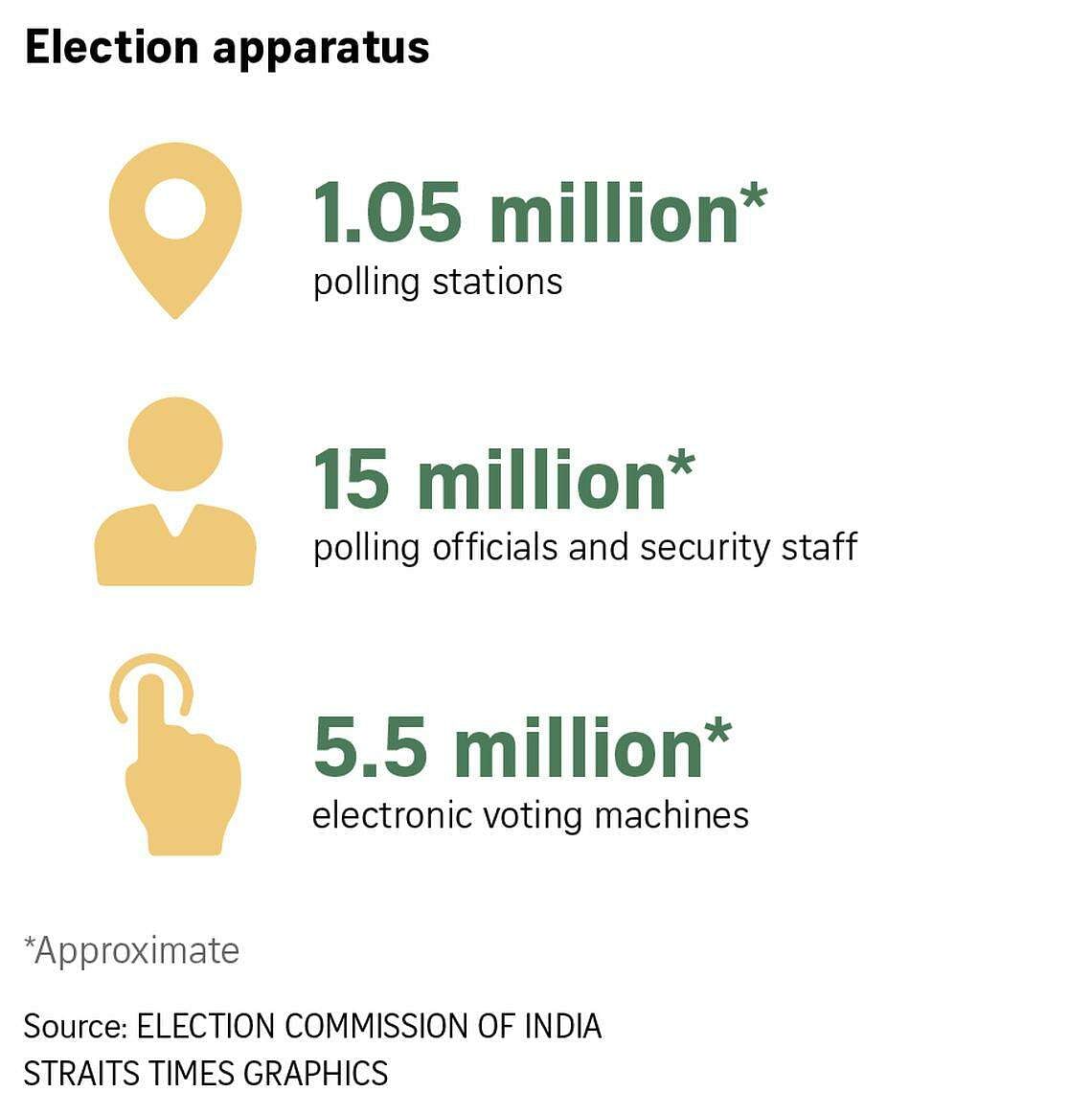
What are the burning issues?
A key pre-poll survey by the Centre for the Study of Developing Societies has identified unemployment, price rises, and falling income levels as the top three issues of concern for voters.
The BJP is seeking to overcome such issues with a combination of muscular Hindu nationalism, welfare schemes for the poor and the popularity of Mr Modi.
Popular welfare schemes – ranging from free housing for the poor, direct transfer of financial benefits, free cooking gas and subsidised food grains – have been popular among the poor, with the BJP promising to widen the welfare benefits if it wins a third term.
The BJP’s overarching goal is “Viksit Bharat @ 2047”, which seeks to ensure India emerges as a “developed nation” by 2047, a hundred years after independence.
The opposition alliance has sought to consolidate support against what they describe as a concerted campaign by the ruling party to target them using government agencies, which has deprived them of a “level playing field” in the election.
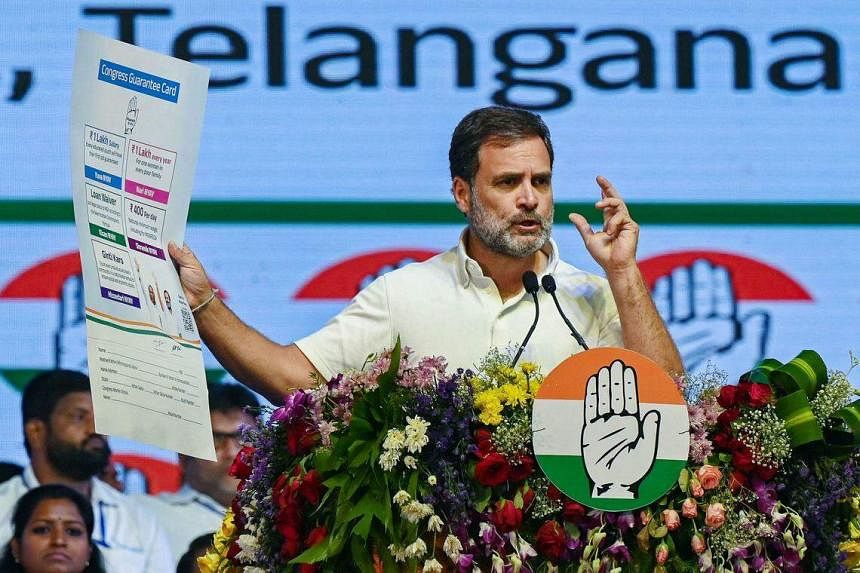
Delhi’s popular Chief Minister Kejriwal is currently in jail after being arrested by the Enforcement Directorate, India’s main financial crimes agency, for alleged corruption.
The Congress Party has also been targeted by the income tax department for lapses in filing returns. The party claims its bank accounts have been frozen, undermining its ability to fight elections.
Congress, which won just 52 seats in the 2019 election, is seeking to make unemployment, rising prices and inflation the key issues in the election, looking to tap into any anti-incumbency, following the BJP’s two consecutive terms in power.
Congress has offered a new Right to Apprenticeship Act, which will guarantee diploma holders or graduates under the age of 25 a one-year apprenticeship with private or state-run companies, or the government.
Besides a national caste census to determine the number of marginalised community members, Congress has also promised a financial and institutional survey to eventually redistribute wealth in the country.
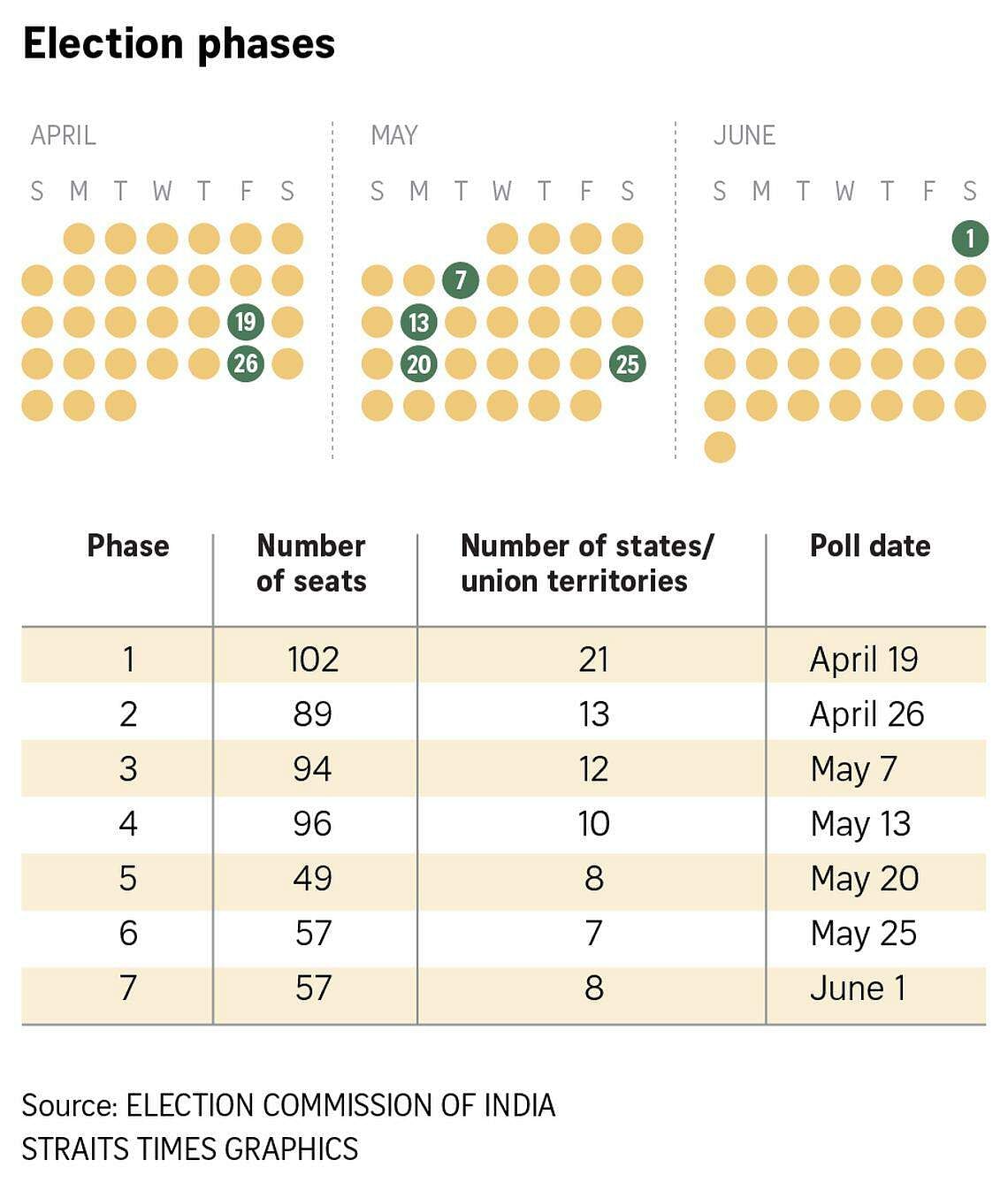
Why are the elections important?
India is the world’s fastest-growing economy, as well as a regional superpower. Any political change in the country has the potential to impact global growth going forward.
India’s economy is growing at around 7 per cent annually, even as global growth is expected to slow to 2.4 per cent in 2024 from 2.6 per cent the previous year.
The incoming government must continue to boost India’s manufacturing capability and create jobs.
Crucial to India’s continued growth is how it harnesses its demographic dividend.
So far, India has had mixed results with job creation initiatives, and it has struggled to ensure employment for the millions entering the workforce each year.
As far as foreign policy is concerned, there is most likely to be continuity even if the government changes. Over the years, including those preceding Mr Modi’s two terms, India has drawn closer to the US amid border tensions with China.
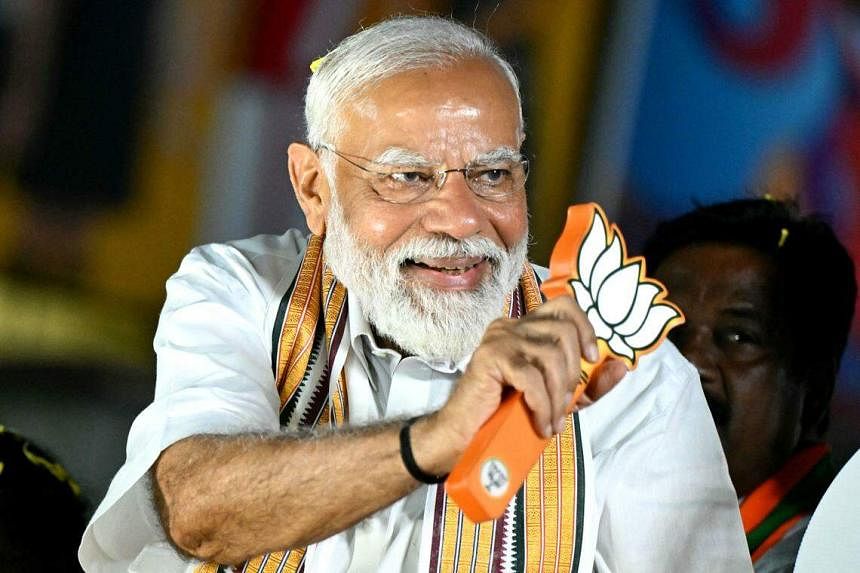
The next five years will determine how much further India, seen as a bulwark to China, moves to align its positions with the US and other like-minded partners.
Within India, the election results will also determine if voters are satisfied with the direction of Mr Modi’s government.
While Mr Modi has said he respects all religions, his critics have accused his government and the party of unfurling a Hindu-first policy, alarming India’s minorities, especially Muslims.
Hindus make up 79.8 per cent of the population and Muslims 15 per cent.
There are fears that religious polarisation will deepen further and space for dissent will shrink even more in India if the BJP secures another term in power, as the party has shown low tolerance for criticism in the world’s largest democracy.
